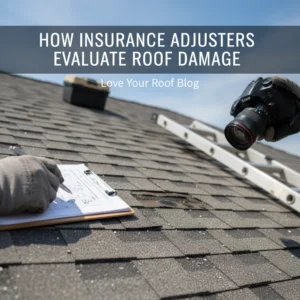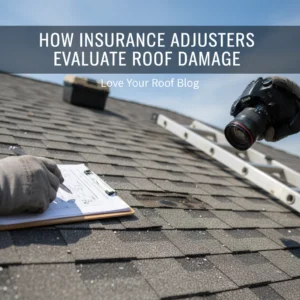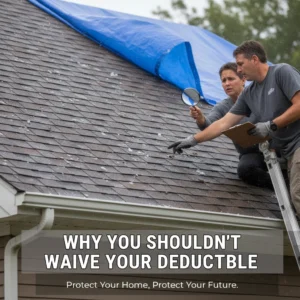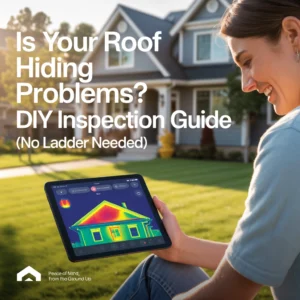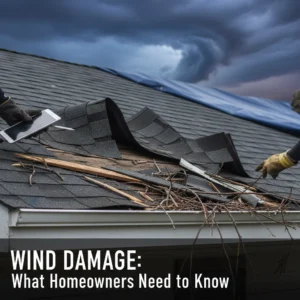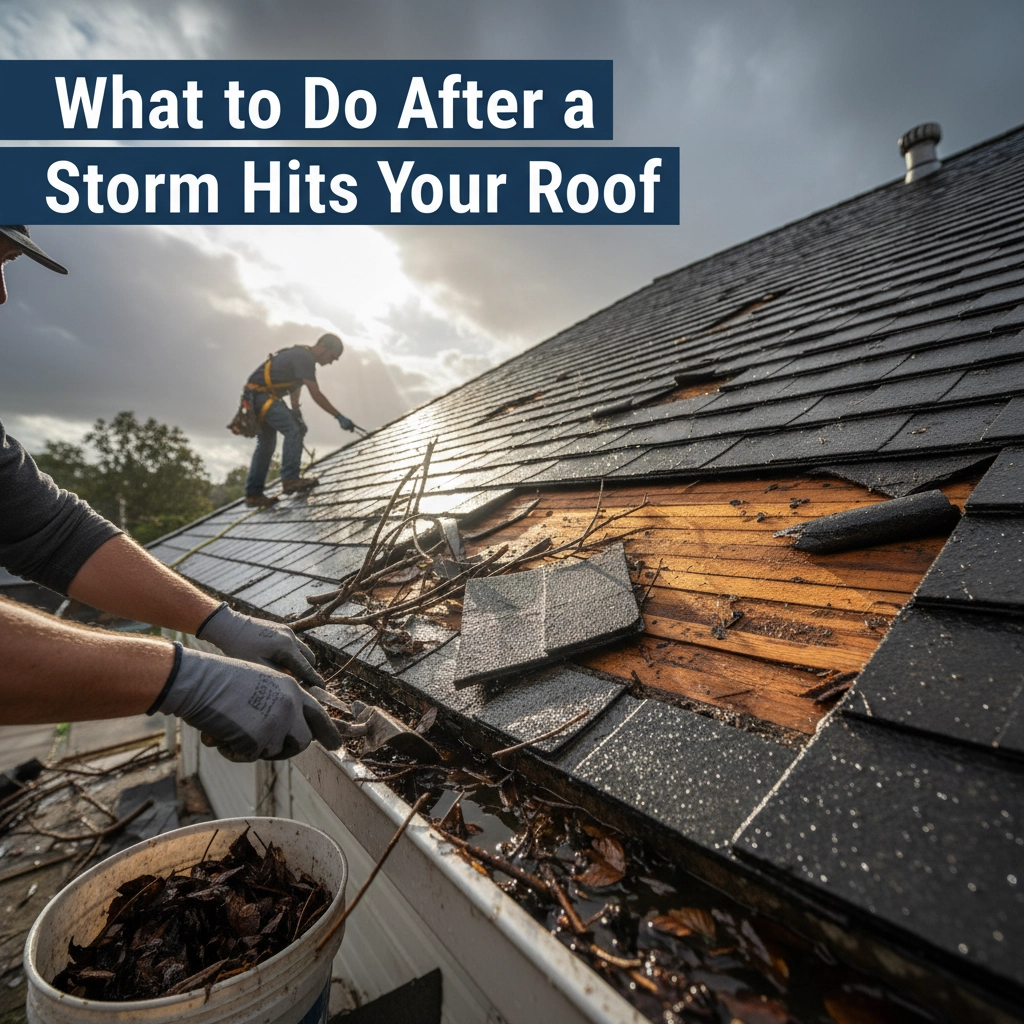
Charlotte homeowners know the drill – storm season can be brutal. Between those sudden afternoon thunderstorms and the occasional severe weather system rolling through, our roofs take a beating. When Mother Nature throws her worst at your home, knowing what to do in those first critical hours can save you thousands in repairs and headaches with insurance claims.
Let's walk through exactly what you need to do when a storm has potentially damaged your roof, step by step.
Step 1: Safety First – Stay Inside Until It's Safe
This might seem obvious, but you'd be surprised how many people want to rush outside the moment the storm passes. Don't do it. Wait until the weather has completely cleared and winds have died down. Storm conditions create all sorts of hazards you might not immediately see – from downed power lines to unstable tree branches hanging over your property.
If you suspect there's severe structural damage to your roof, turn off your home's main power supply right away. This reduces the risk of electrical fires, especially if water is getting into your electrical system. And here's a big one: never, ever climb onto your roof immediately after a storm. Wet roofs are incredibly slippery, and damaged structures can be unstable.
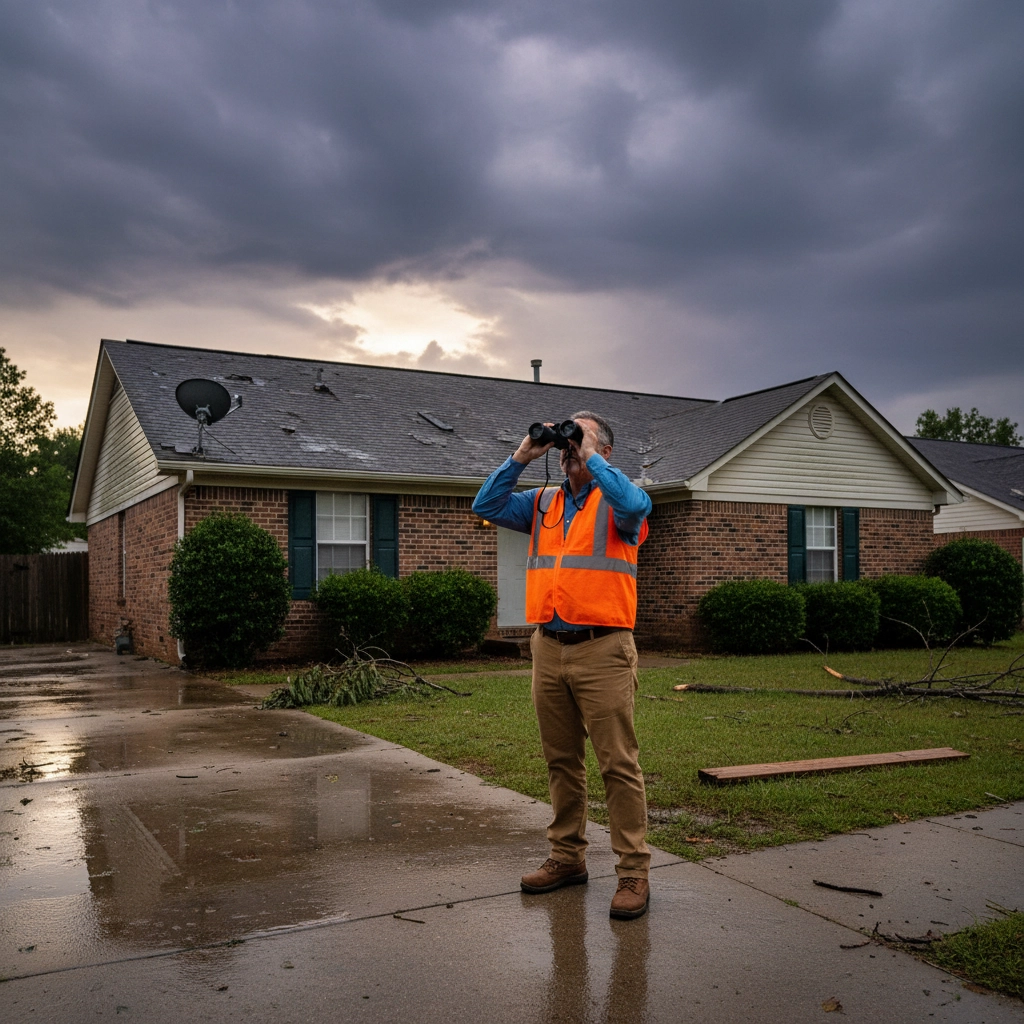
If you notice an active leak inside your home, quickly move furniture, electronics, and valuables away from the dripping water. Use buckets or tarps to catch what you can, but don't try to fix anything yet – that comes later.
Step 2: Conduct a Ground-Level Visual Inspection
Once it's safe to go outside (usually within 24-48 hours after the storm), start with a thorough walk around your property. You're looking for visible signs of damage, but you're keeping your feet firmly planted on the ground.
Grab a pair of binoculars if you have them – they'll help you see details you might miss with the naked eye. You can also get good views of your roof from upper-floor windows inside your home.
Here's what to look for during your exterior inspection:
Shingle Damage:
- Missing shingles (you might find them in your yard)
- Cracked, curled, or torn shingles
- Shingles that look like they've shifted or lifted
Gutters and Downspouts:
- Dents from hail
- Sections that have pulled away from the house
- Clogs from debris
Other Red Flags:
- Piles of granules in gutters or around your home's foundation
- Visible holes or punctures in the roof
- Sagging or uneven roof lines
- Loose or missing flashing around chimneys, vents, and skylights
- Damaged siding, windows, or screens
Don't forget to check your outdoor accessories too – things like patio furniture, deck railings, and gable vents can show hail damage patterns that help tell the story of what your roof endured.
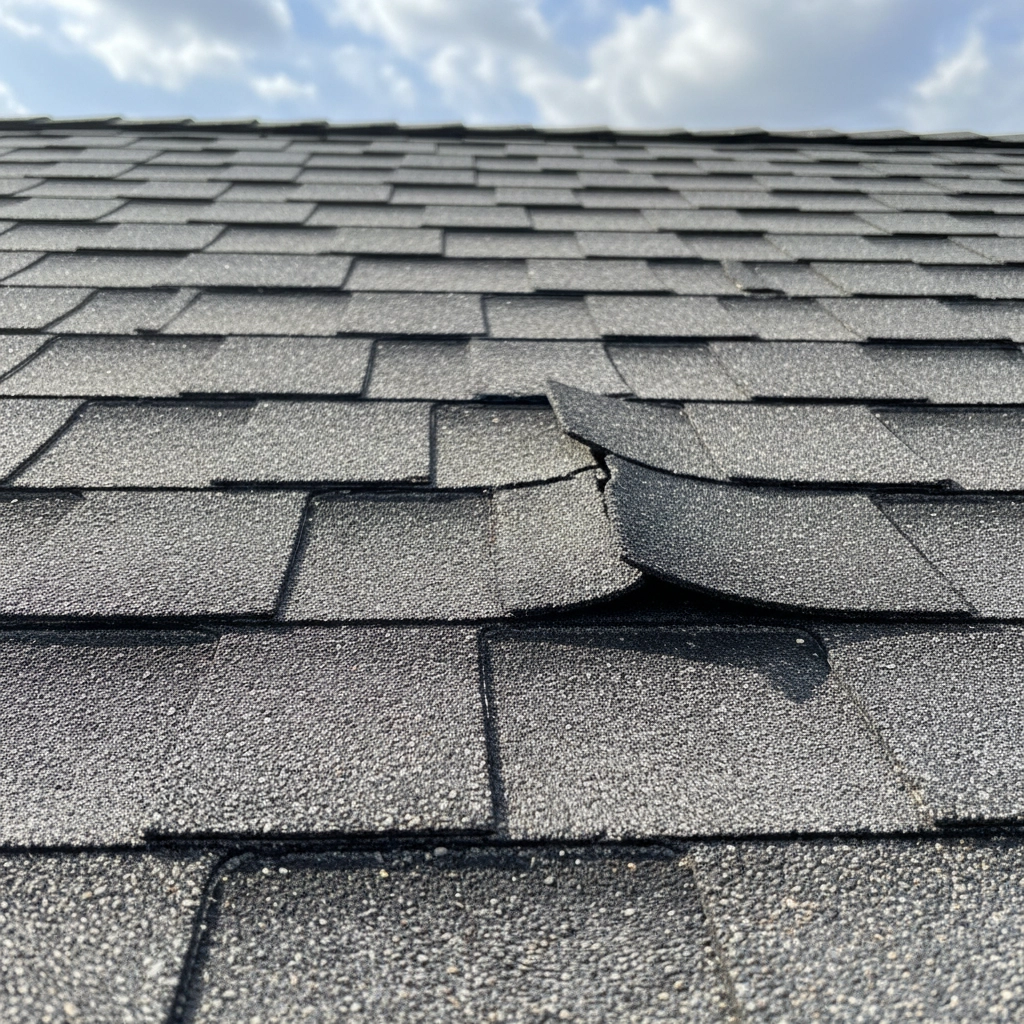
Step 3: Check Inside Your Home for Hidden Damage
Your roof might look fine from the outside, but wind and hail can cause problems you won't see until you look up. Head to your attic with a good flashlight and inspect for signs of water intrusion.
Look for:
- Water stains or wet spots on rafters and decking
- Daylight showing through the roof (that's never a good sign)
- Insulation that looks wet or compressed
- Any dripping or active leaks
Back in your main living areas, examine all ceilings and light fixtures for water spots, stains, or sagging. Sometimes the first sign of roof damage shows up as a small water stain that grows over the next few days.
Step 4: Document Everything Like Your Insurance Depends On It (Because It Does)
This step is crucial, and it's where a lot of homeowners miss the mark. Your documentation can make or break your insurance claim, so be thorough.
Take photos of:
- All visible damage from multiple angles
- Close-up shots of specific problem areas
- Wide shots that show the overall condition
- Interior damage like water stains or ceiling issues
- Any debris around your property
Write detailed notes about what you're seeing, including the date and time of your inspection. If you find shingles or other roofing materials in your yard, photograph them in place before moving them.
"Documentation is your best friend when it comes to insurance claims," says James Turner, owner of Best Roofing Now. "The more evidence you have of storm damage, the stronger your case will be with your insurance company."
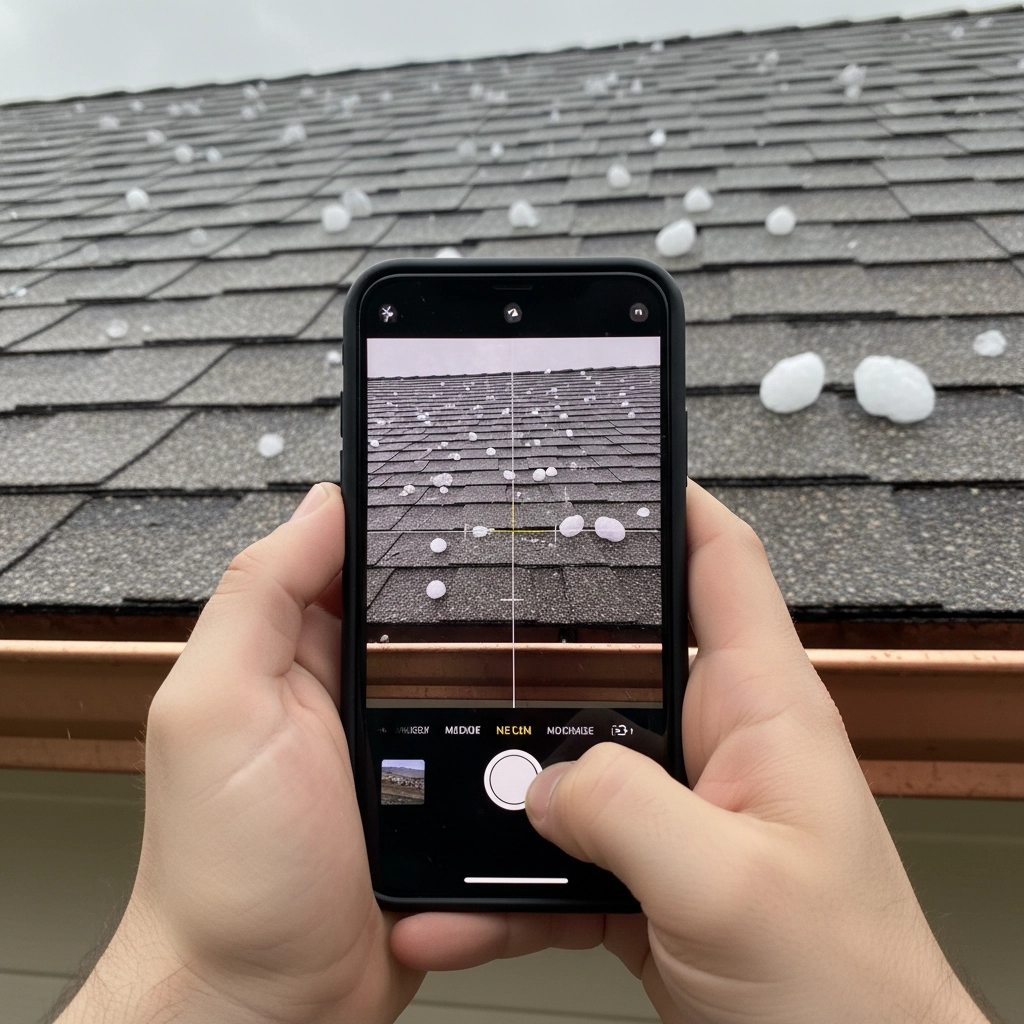
Step 5: Call in the Professionals
Here's where Charlotte homeowners sometimes try to save money and end up costing themselves more in the long run. A professional roofing inspection after a storm isn't just recommended – it's essential.
Experienced roofers can spot damage that's invisible to untrained eyes. They know what signs to look for that indicate structural problems, and they have the safety equipment and expertise to get on your roof safely.
When you call a roofing contractor, ask about:
- Free storm damage inspections
- Their experience with insurance claims
- How quickly they can assess your roof
- Whether they'll provide a written report of their findings
Many reputable roofing companies in the Charlotte area offer free inspections after major storms. Take advantage of this – it's a small investment in time that could save you major headaches later.
Step 6: Contact Your Insurance Company
Once you've had a professional assessment, it's time to call your insurance company. But here's the key: call them after you've gathered your documentation and had a professional inspection, not before.
When you call your insurance company:
- Have your documentation ready
- Be prepared to describe the damage clearly
- Ask about your coverage and deductible
- Find out their timeline for sending an adjuster
- Get a claim number and keep detailed records of all conversations
Remember, insurance typically covers storm-related damage, but they won't cover problems that arise from neglect or poor maintenance. This is another reason why having a professional assessment is so valuable – it helps establish that your damage is storm-related, not from wear and tear.
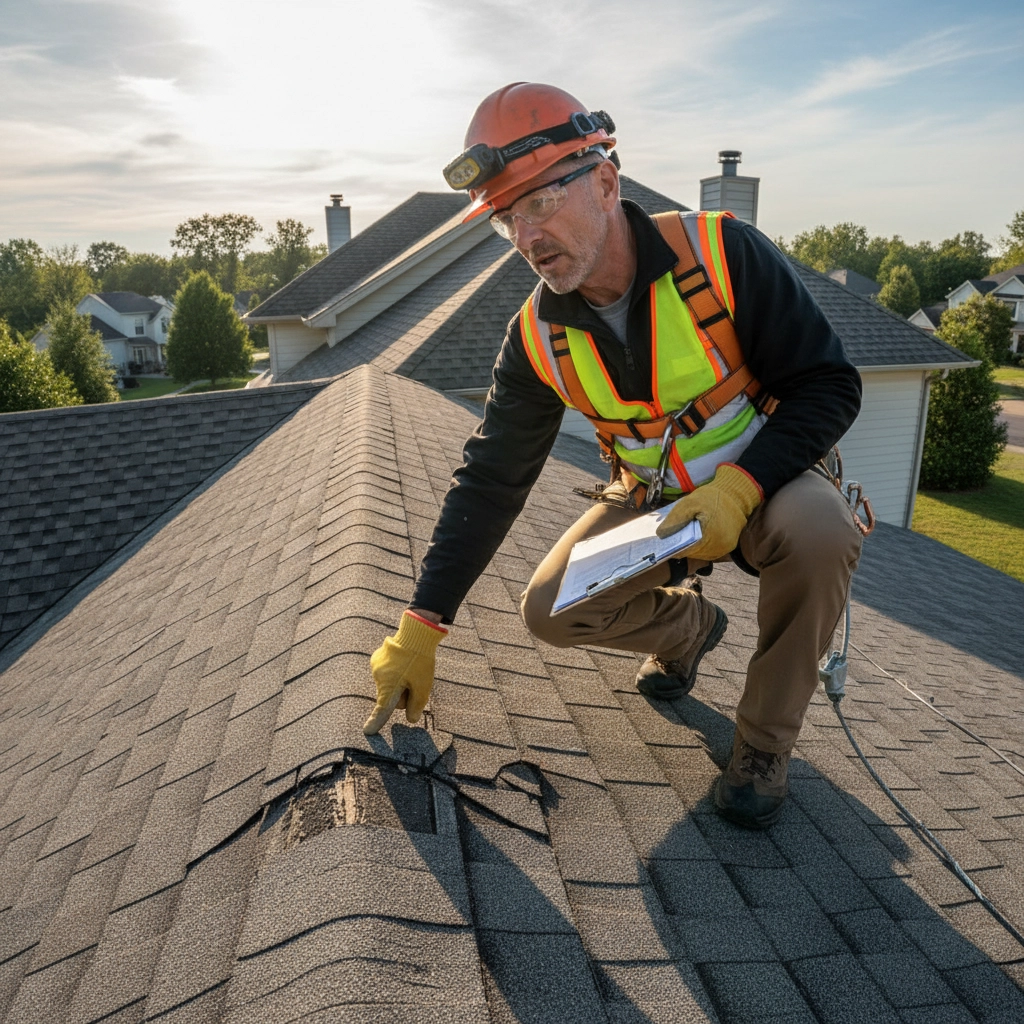
Step 7: Protect Your Home from Further Damage
While you're waiting for repairs, you might need to take temporary measures to prevent additional damage. If you have active leaks, use buckets, tarps, or plastic sheeting to protect your belongings and prevent water from spreading to undamaged areas.
However – and this is important – don't attempt to climb on your roof to install temporary fixes yourself. If you need emergency tarping or temporary repairs, hire a professional. The risk isn't worth it, and improper temporary fixes can sometimes void your insurance coverage.
Working with the Right Charlotte Roofing Team
Storm damage can be stressful, but having a plan makes all the difference. The key is acting quickly but safely, documenting everything thoroughly, and working with professionals who understand both roofing and insurance claims.
At Best Roofing Now, we've helped countless Charlotte homeowners navigate storm damage situations. We know what insurance adjusters look for, how to document damage properly, and most importantly, how to restore your roof to protect your home for years to come.
If you suspect your roof has been damaged in a recent storm, don't wait. The longer you delay assessment and repairs, the more potential you have for additional damage from the next weather event. Our team offers free storm damage inspections and works directly with insurance companies to make the claims process as smooth as possible.
Ready to get your roof assessed? Contact our team for a thorough, professional inspection. We'll help you understand exactly what damage occurred and guide you through every step of the repair process.
Remember: when it comes to storm damage, time is money. The sooner you act, the better protected your home – and your wallet – will be.




